NK Missile Test
입력 2017.04.06 (14:10)
수정 2017.04.06 (14:35)
읽어주기 기능은 크롬기반의
브라우저에서만 사용하실 수 있습니다.
[Anchor Lead]
The South Korean military believes that the North Korean projectile fired on Wednesday was a Pukguksong-2 missile powered by solid fuel. Pyongyang has intensified efforts to improve its missile technology through a diverse range of tests.
[Pkg]
The Pukguksong-2 missile that Pyongyang fired back in February for the first time flew a distance of 500km at an altitude of 520km. The projectile that Pyongyang launched on Wednesday had a lower altitude and shorter firing range than the Pukguksong-2, but the Joint Chiefs of Staff doesn't view it as a failure. This is because the latest projectile may not be a Pukguksong-2 missile but a new test-fired type. Observers say that the Wednesday launch may have been a test of a solid-fuel engine using a Pukguksong-2 missile, which was developed as a ground-based version of submarine launched ballistic missiles.
[Soundbite] Shin In-kyun(CEO, Korea Defense) : "This appears to be an intermediary stage test for remodeling projectiles into SLBMs, which are the final stage of nuclear missile development."
When the North launched a submarine-based ballistic missile in April last year, the projectile flew only 30km. But just four months later, its firing range was increased to 500km.
This has led observers to believe that the first-time launches were aimed at collecting data in order to improve performance. The latest projectile flew a short distance because it was just a test of the first-stage propellant and stage separation.
[Soundbite] Yang Wook(Researcher, Korea Defense & Security Forum) : "The fact that the projectile flew a short distance at a low altitude means that it was a test of the first-stage propellant."
Improving the performance of solid-fuel engines and testing stage separation are essential for developing advanced intercontinental ballistic missiles. North Korea's advancing missile technologies are an issue of grave concern for the Korean Peninsula and the world.
The South Korean military believes that the North Korean projectile fired on Wednesday was a Pukguksong-2 missile powered by solid fuel. Pyongyang has intensified efforts to improve its missile technology through a diverse range of tests.
[Pkg]
The Pukguksong-2 missile that Pyongyang fired back in February for the first time flew a distance of 500km at an altitude of 520km. The projectile that Pyongyang launched on Wednesday had a lower altitude and shorter firing range than the Pukguksong-2, but the Joint Chiefs of Staff doesn't view it as a failure. This is because the latest projectile may not be a Pukguksong-2 missile but a new test-fired type. Observers say that the Wednesday launch may have been a test of a solid-fuel engine using a Pukguksong-2 missile, which was developed as a ground-based version of submarine launched ballistic missiles.
[Soundbite] Shin In-kyun(CEO, Korea Defense) : "This appears to be an intermediary stage test for remodeling projectiles into SLBMs, which are the final stage of nuclear missile development."
When the North launched a submarine-based ballistic missile in April last year, the projectile flew only 30km. But just four months later, its firing range was increased to 500km.
This has led observers to believe that the first-time launches were aimed at collecting data in order to improve performance. The latest projectile flew a short distance because it was just a test of the first-stage propellant and stage separation.
[Soundbite] Yang Wook(Researcher, Korea Defense & Security Forum) : "The fact that the projectile flew a short distance at a low altitude means that it was a test of the first-stage propellant."
Improving the performance of solid-fuel engines and testing stage separation are essential for developing advanced intercontinental ballistic missiles. North Korea's advancing missile technologies are an issue of grave concern for the Korean Peninsula and the world.
■ 제보하기
▷ 카카오톡 : 'KBS제보' 검색, 채널 추가
▷ 전화 : 02-781-1234, 4444
▷ 이메일 : kbs1234@kbs.co.kr
▷ 유튜브, 네이버, 카카오에서도 KBS뉴스를 구독해주세요!
- NK Missile Test
-
- 입력 2017-04-06 14:09:20
- 수정2017-04-06 14:35:07
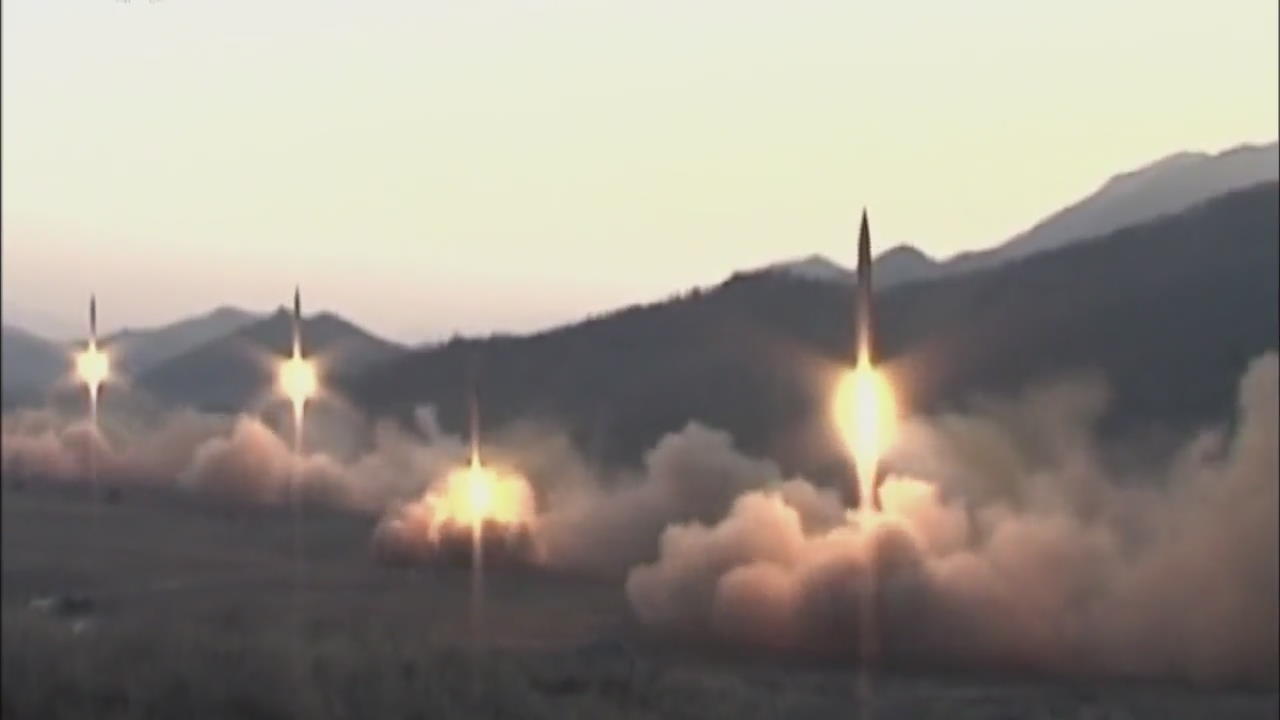
[Anchor Lead]
The South Korean military believes that the North Korean projectile fired on Wednesday was a Pukguksong-2 missile powered by solid fuel. Pyongyang has intensified efforts to improve its missile technology through a diverse range of tests.
[Pkg]
The Pukguksong-2 missile that Pyongyang fired back in February for the first time flew a distance of 500km at an altitude of 520km. The projectile that Pyongyang launched on Wednesday had a lower altitude and shorter firing range than the Pukguksong-2, but the Joint Chiefs of Staff doesn't view it as a failure. This is because the latest projectile may not be a Pukguksong-2 missile but a new test-fired type. Observers say that the Wednesday launch may have been a test of a solid-fuel engine using a Pukguksong-2 missile, which was developed as a ground-based version of submarine launched ballistic missiles.
[Soundbite] Shin In-kyun(CEO, Korea Defense) : "This appears to be an intermediary stage test for remodeling projectiles into SLBMs, which are the final stage of nuclear missile development."
When the North launched a submarine-based ballistic missile in April last year, the projectile flew only 30km. But just four months later, its firing range was increased to 500km.
This has led observers to believe that the first-time launches were aimed at collecting data in order to improve performance. The latest projectile flew a short distance because it was just a test of the first-stage propellant and stage separation.
[Soundbite] Yang Wook(Researcher, Korea Defense & Security Forum) : "The fact that the projectile flew a short distance at a low altitude means that it was a test of the first-stage propellant."
Improving the performance of solid-fuel engines and testing stage separation are essential for developing advanced intercontinental ballistic missiles. North Korea's advancing missile technologies are an issue of grave concern for the Korean Peninsula and the world.
The South Korean military believes that the North Korean projectile fired on Wednesday was a Pukguksong-2 missile powered by solid fuel. Pyongyang has intensified efforts to improve its missile technology through a diverse range of tests.
[Pkg]
The Pukguksong-2 missile that Pyongyang fired back in February for the first time flew a distance of 500km at an altitude of 520km. The projectile that Pyongyang launched on Wednesday had a lower altitude and shorter firing range than the Pukguksong-2, but the Joint Chiefs of Staff doesn't view it as a failure. This is because the latest projectile may not be a Pukguksong-2 missile but a new test-fired type. Observers say that the Wednesday launch may have been a test of a solid-fuel engine using a Pukguksong-2 missile, which was developed as a ground-based version of submarine launched ballistic missiles.
[Soundbite] Shin In-kyun(CEO, Korea Defense) : "This appears to be an intermediary stage test for remodeling projectiles into SLBMs, which are the final stage of nuclear missile development."
When the North launched a submarine-based ballistic missile in April last year, the projectile flew only 30km. But just four months later, its firing range was increased to 500km.
This has led observers to believe that the first-time launches were aimed at collecting data in order to improve performance. The latest projectile flew a short distance because it was just a test of the first-stage propellant and stage separation.
[Soundbite] Yang Wook(Researcher, Korea Defense & Security Forum) : "The fact that the projectile flew a short distance at a low altitude means that it was a test of the first-stage propellant."
Improving the performance of solid-fuel engines and testing stage separation are essential for developing advanced intercontinental ballistic missiles. North Korea's advancing missile technologies are an issue of grave concern for the Korean Peninsula and the world.
이 기사가 좋으셨다면
-
좋아요
0
-
응원해요
0
-
후속 원해요
0










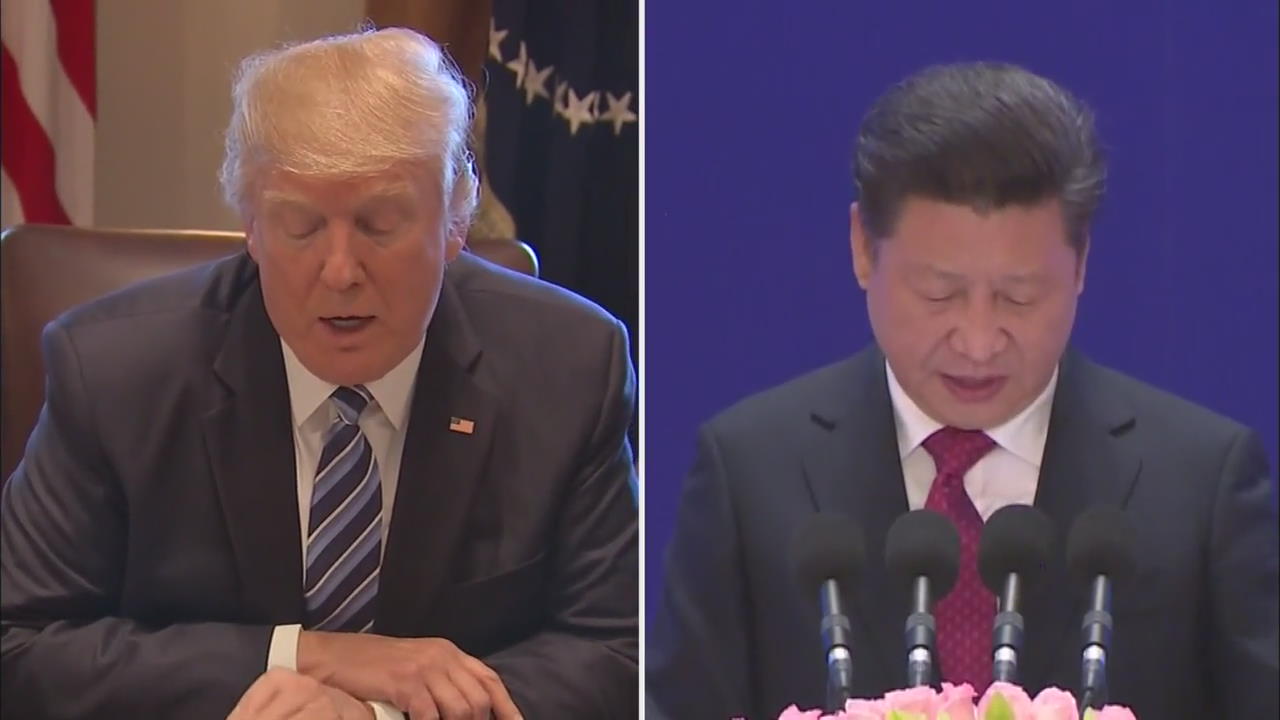

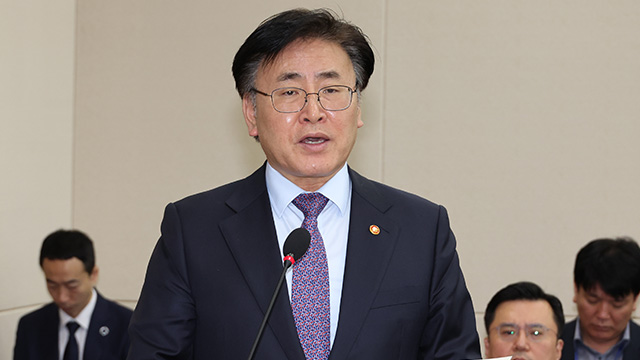
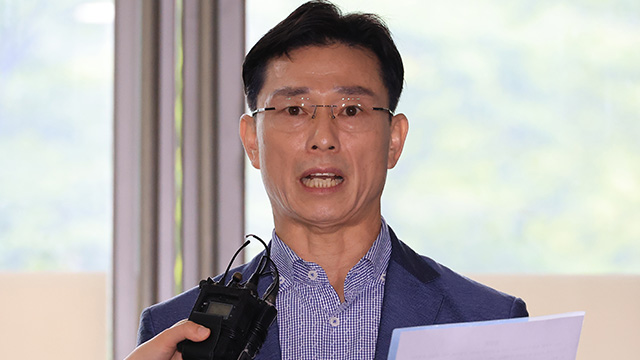
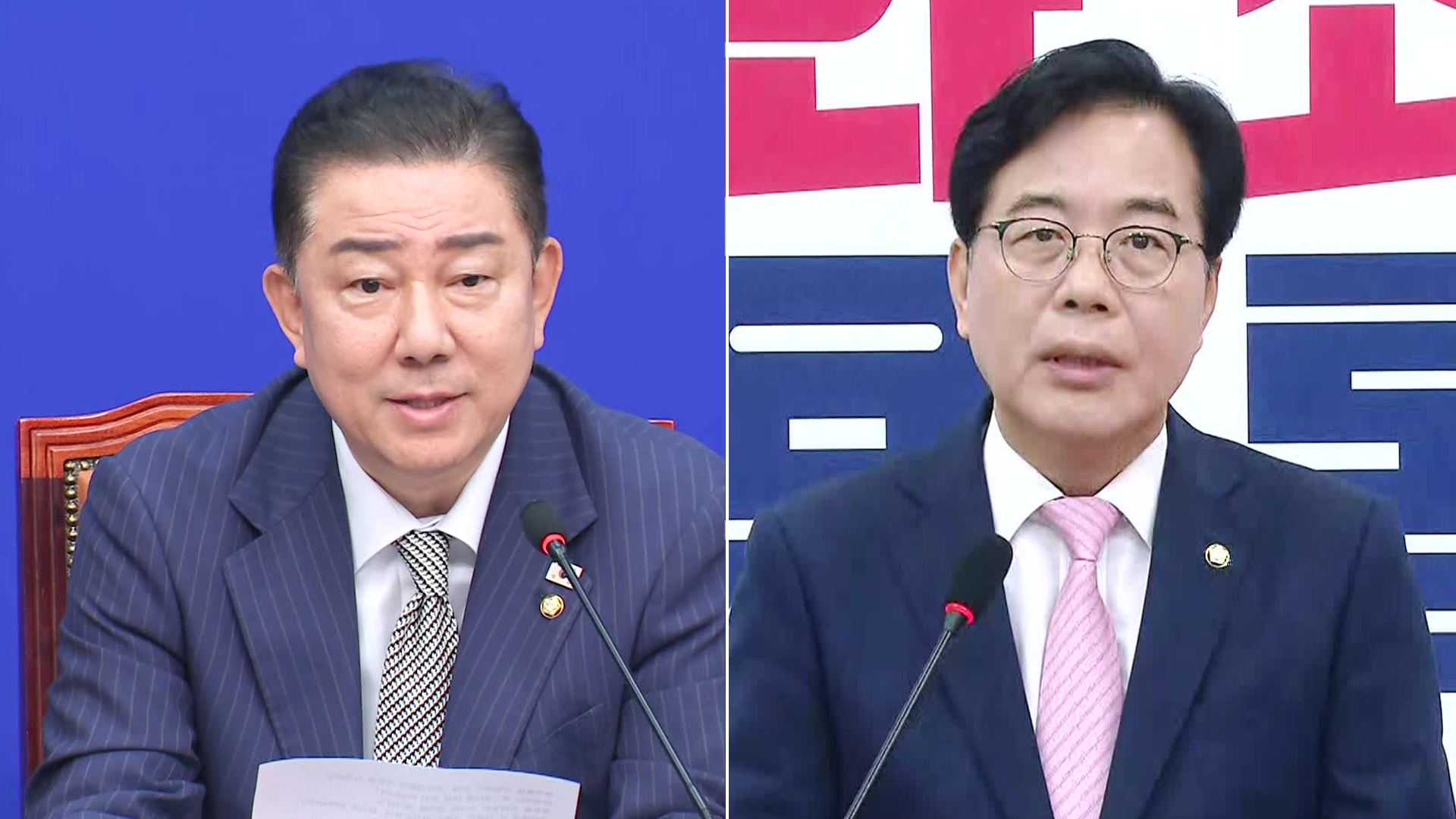
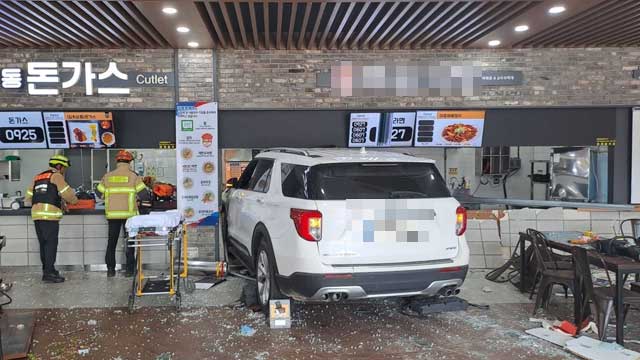

이 기사에 대한 의견을 남겨주세요.